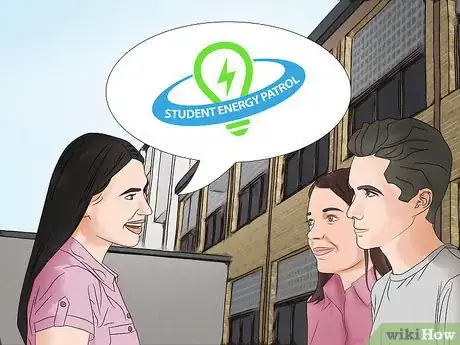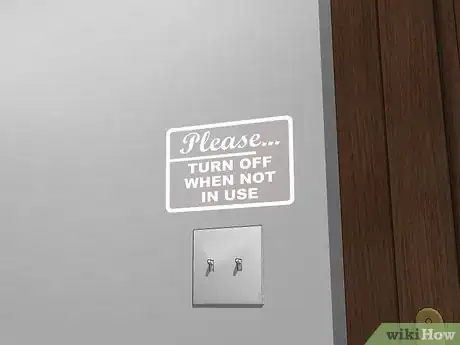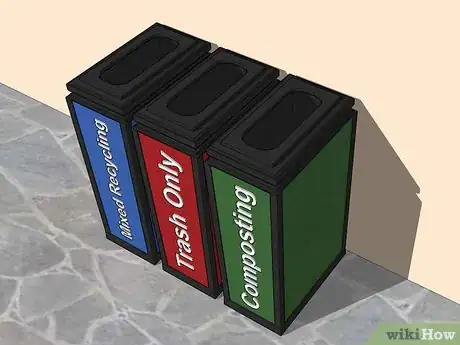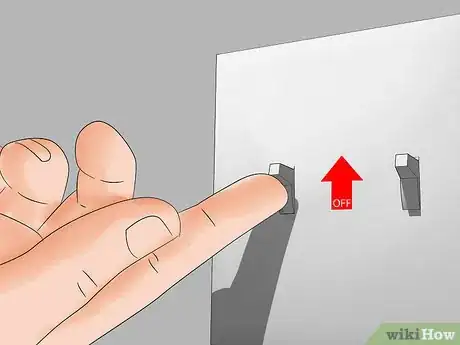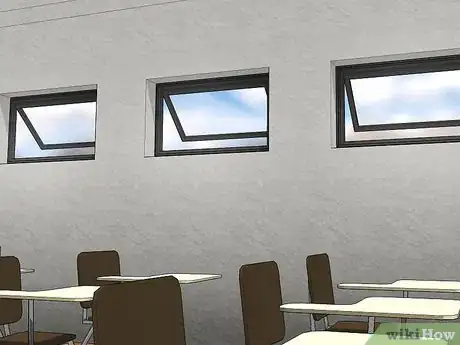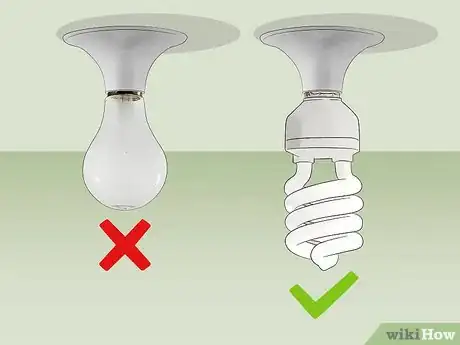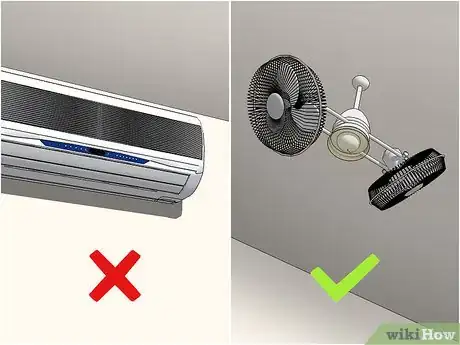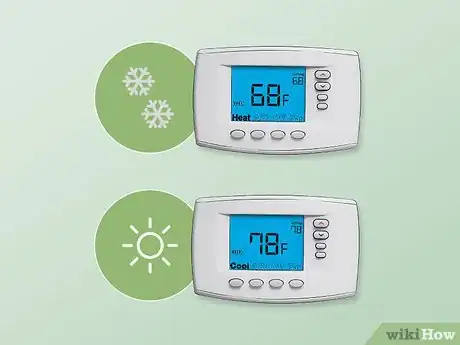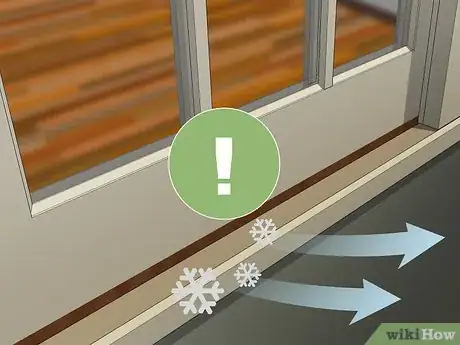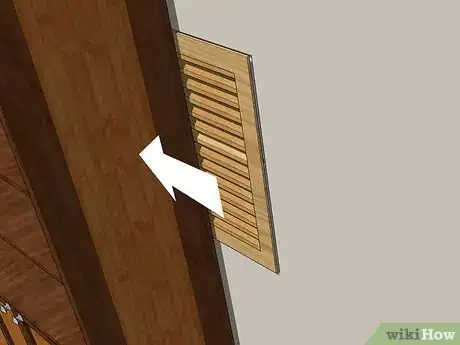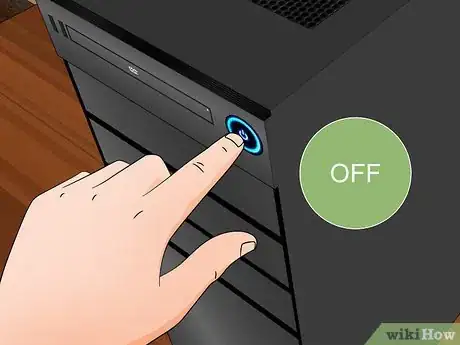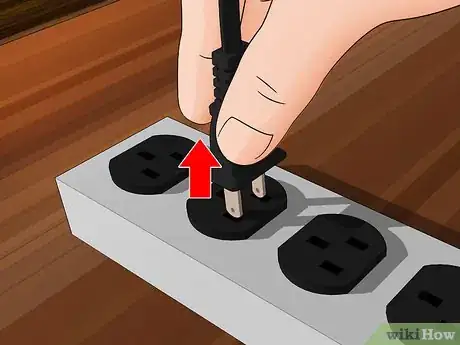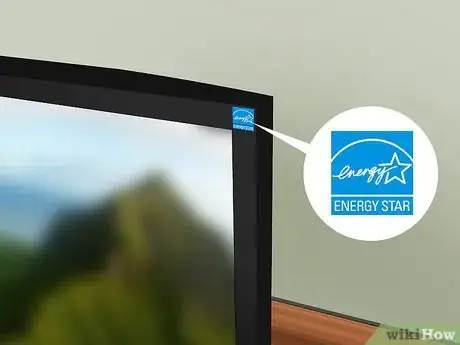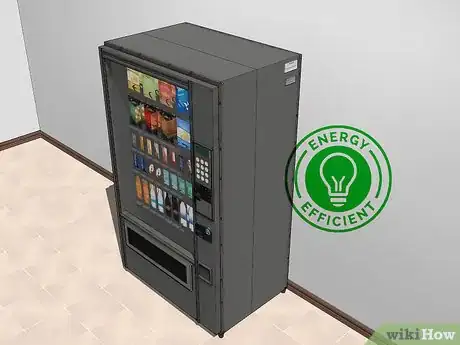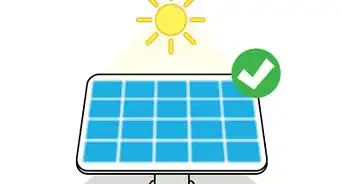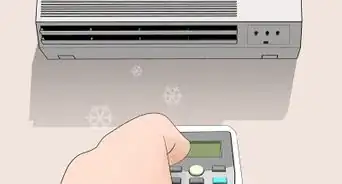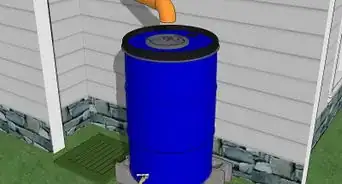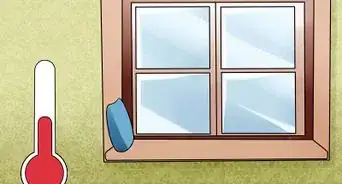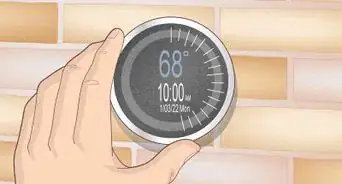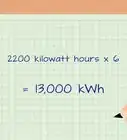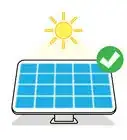This article was co-authored by Kathryn Kellogg and by wikiHow staff writer, Megaera Lorenz, PhD. Kathryn Kellogg is the founder of goingzerowaste.com, a lifestyle website dedicated to breaking eco-friendly living down into a simple step-by-step process with lots of positivity and love. She's the author of 101 Ways to Go Zero Waste and spokesperson for plastic-free living for National Geographic.
This article has been viewed 69,221 times.
Schools consume a large amount of energy, which has a negative impact on the environment and can cost your school a lot of money. Whether you are a teacher or a student, there are lots of ways that you can help your school save energy. The most common sources of energy use in schools include toilet flushing, lighting, heating and cooling, and electronics. Look for simple changes your school can make and band together with others to make an even bigger impact.
Steps
Getting Others Involved
-
1Organize a student energy patrol. If you work with a group, you can brainstorm together to come up with energy-saving ideas. Plus, the more voices you have supporting you, the more likely you are to be heard by the people in charge of making energy-saving decisions at your school. Try organizing a group that is open to all students who want to work together to help the school save energy.
- If you are a student, walk or ride your bicycle to school whenever possible. You could then go a step further by inviting other students to join a group in school. You could also ask your teacher if they would spread the word and maybe even let you use the classroom for meetings.
- If you are a teacher, you could recruit students and help them by giving them ideas for how to save energy at school. One other great way to get students organized is to start an official school club. Check the student handbook or talk to an administrator at the school about how to get started.
-
2Post signs about conserving energy. Either as an individual or as a team, create and post signs around your school. Try posting signs that remind people of specific things they can do to save energy and also some signs that raise awareness about saving energy in a more general way.
- If you are a student, you could create some signs on your own or with a few friends who are also interested in helping your school save energy. Make sure to get permission to hang the signs first.
- If you are a teacher, you could have your students create signs for a class project or homework assignment, and then go around posting the signs together.
- For example, you might hang up signs next to light switches around the school with reminders, like “Remember to turn off the lights when you leave!”
Advertisement -
3Set up a recycling station at your school. Recycling is a great way to save energy because it reduces the need to produce new materials. If your school does not already have a recycling station, then ask your school principal if you can set one up.
- Your school’s garbage company may offer recycling services. Check with them first to see if they can provide receptacles, and then ask them to place these in designated areas throughout the school.
- You can also set up a composting program at your school. Even better, start a school garden and use the composting program to help support it.[1]
-
4Approach your school’s administration about making big changes. There’s only so much you can do as an individual student or teacher, or even as an organized group. If you want your school to make major changes, such as purchasing energy-saving appliances for the classrooms, waterless urinals for the boys' bathrooms, and dual-flush toilets inside all student bathroom stalls; you’ll need to get the administration involved.
- If you’re a student, circulate a petition among your fellow students or organize a meeting between the administrators and your student energy-saving club. It can also help to get teachers involved.
- Support your case by doing some research and writing up a formal report. Include statistics to demonstrate how much money and energy the school would save by making the changes you’re suggesting.
- You can also recommend using real lunch trays instead of disposable ones, incorporating more plant-based meals into the menu since they're better for the environment, and starting programs that teach students about climate change and reducing waste.[2]
Cutting Back on Energy Use from Lighting
-
1Turn off the lights when rooms are not in use. Even something as simple as shutting off the lights when you leave a room can help to save energy. Turn off the lights that are not being used in classrooms and other areas, such as empty bathrooms and unoccupied multi-purpose rooms.
- Try organizing a student “light patrol” to check empty classrooms, labs, and other spaces to make sure the lights are off when they’re not in use.
- If you are a teacher, remind your students by saying, “Did you know that 90% of the energy that lightbulbs use is expended as heat? If we turn off lights when we don’t need them, we can save energy and keep rooms cooler.”[3] Try doing this at a time when the students will remember it, like just before leaving the classroom or as you are turning off some lights.
-
2Use natural light when the sun is bright. It may not always be necessary for you to have the lights on in your classroom. There may be times of the day when the sun is especially bright and sufficient for what you are doing in your classroom. Other times of the day, you might only need half of the lights.
- If you are a student, ask your teacher if it is okay to work with fewer lights on. For example, you could approach your teacher and say something like, “The sun is so bright today. Would it be okay if we opened the blinds and turned off some or all of the lights to save energy?”
- If you are a teacher, try asking your students, “Can everyone see okay?”
-
3Talk to your school administrators about switching to fluorescent bulbs. Replacing all of the incandescent bulbs in your school with compact fluorescent lights (CFLs) can translate to big energy savings for your school. If you’re a student, talk to your teacher or your school principal about switching to CFLs.
- CFLs consume a little more energy than incandescent bulbs when you first turn them on, but after the bulb is on, they use 70% less energy than an incandescent bulb.[4]
- Make sure that you do not switch CFL bulbs off and on too much. It is best to leave them on for 15 minutes or longer to save more energy.
Saving Energy from Heating and Cooling
-
1Close the door when you leave or enter a room. Leaving doors wide open will result in a loss of heat or cool air, which can increase the need for energy to heat and cool that room. By closing the door to your classroom and other rooms, you can keep the heat and cold inside the room and save energy in the process.
- If you are a student, check with your teacher before you close any doors. Your teacher might be leaving the door open for a good reason. Try saying something like, “I read that closing doors can help us save energy. Would it be okay if I close our classroom door?”
-
2Suggest using fans instead of cranking up the air conditioning. If your classroom or other areas of your school have fans, then using these instead of turning up the air conditioning is a great way to save energy. If it starts to feel a bit stuffy in a classroom, then switch on the fan and see if that takes care of it.
- If you are a student, try saying, “Before we turn up the air conditioning, could we try using the fans? They can cool the room while using less energy than air conditioning.”
- If you are a teacher, check with your students to see if they are cool enough with just the fans.
-
3Check the thermostats for potential energy saving adjustments. Setting the heat for 68 °F (20 °C) degrees in the colder months and 78 °F (26 °C) degrees for cooling in the warmer months can significantly reduce energy costs. Check the thermostat in your classroom to see if these settings have already been applied.
- If you are a student, try saying to your teacher, “I read that we could save energy by making some minor adjustments to the thermostat in our classroom. Would it be okay if we tried that?”
- If you are a teacher, try saying to your students, “I am adjusting the thermostat to help us save some energy, but let me know if you start to feel too hot/cold.”
-
4Check for drafts in your classroom. Drafts indicate that windows, doors, and other areas may not be sealed well, and this can result in wasted energy. If you notice a draft, tell the maintenance staff at your school.
- If you are a student, you might want to let your teacher know first. However, you could offer to tell the maintenance staff for them. Try saying something like, “I noticed that there is a draft near the windows in our classroom. Is it okay if I tell the maintenance staff, or would you rather let them know yourself?”
-
5Look for obstructions to vents. If there are any shelves, rugs, or other things blocking the vents in your classroom at school, then moving these obstructions can help to save energy. Ask for help moving the obstruction if needed.
- If you are a student, be sure to check with your teacher first. Try saying something like, “I noticed that the area rug is covering a heating vent, and we could save energy if we moved it slightly. Would it be okay if we did that?”
Reducing Energy Use from Electronics
-
1Shut down computers or use the “sleep” setting when not in use. Your school’s computer lab, or even the AV equipment in a “smart” classroom, can be a huge source of wasted energy. However, you can make a big difference by checking the settings on the computers and doing a few simple things when the computers are not in use. Some things you can do include:
- Turning off screens and monitors when you’re done using them.
- Checking to see if computers are set to “sleep” when not in use.
- Making sure that computers shut down completely at the end of the day.
- If you’re a student, talk to your teachers about putting rules in place about turning off electronics when they aren’t in use.
-
2Check to see if electronics and appliances are plugged into surge strips. Using surge strips for electronics and other appliances can also help your school to save energy. Check to see if these are already in use. If not, ask if you can get some for your classroom.[5]
- If you are a student, try saying something like, “Surge strips can save energy because they make it easy to switch the power off and on for multiple electronic items. Would it be possible to get some for our classroom?”
-
3Talk to the administration about meeting Energy Star standards. Your school can save up to 50% on its energy costs by using Energy Star electronics and appliances. If your school has plans to purchase new electronics or other appliances, then request that they purchase Energy Star items.
- If you are a student, then you might ask your teacher if this is something the school already does. Do a little research on how much your school can save by using Energy Star appliances, and write up a report to present to your teacher or the administration.
- If you are a teacher, then you could talk with your school’s principal about it.
- You can find out more about the Energy Star program here: https://www.energystar.gov/.
-
4Find out if your school’s vending machines are energy efficient. Vending machines have a compressor that runs constantly to keep beverages cold all of the time. However, your school’s vending company may have controllers that will allow you to shut off the compressor when the machines are not needed, such as when school is out for the weekend or during breaks.[6]
- If you are a student, you could talk to your teacher or school principal about this idea. Try saying something like, “Can we get a compressor remote to turn off the vending machines and save energy when school is not in session?”
Sample Flyer and Conversation Help
Expert Q&A
Did you know you can get expert answers for this article?
Unlock expert answers by supporting wikiHow
-
QuestionDoes unplugging things save electricity?
 Kathryn KelloggKathryn Kellogg is the founder of goingzerowaste.com, a lifestyle website dedicated to breaking eco-friendly living down into a simple step-by-step process with lots of positivity and love. She's the author of 101 Ways to Go Zero Waste and spokesperson for plastic-free living for National Geographic.
Kathryn KelloggKathryn Kellogg is the founder of goingzerowaste.com, a lifestyle website dedicated to breaking eco-friendly living down into a simple step-by-step process with lots of positivity and love. She's the author of 101 Ways to Go Zero Waste and spokesperson for plastic-free living for National Geographic.
Eco-friendly Living Expert
-
QuestionHow do I saw water from being wasted?
 Community AnswerYou could put up signs by the sinks reminding people to limit their use of water, maybe even suggesting that people turn off the tap while soaping up their hands.
Community AnswerYou could put up signs by the sinks reminding people to limit their use of water, maybe even suggesting that people turn off the tap while soaping up their hands.
References
- ↑ Kathryn Kellogg. Eco-friendly Living Expert. Expert Interview. 28 June 2019.
- ↑ Kathryn Kellogg. Eco-friendly Living Expert. Expert Interview. 28 June 2019.
- ↑ https://energy.gov/energysaver/when-turn-your-lights
- ↑ https://www.energystar.gov/products/lighting_fans/light_bulbs/learn_about_cfls
- ↑ http://www.coolcalifornia.org/article/save-energy-schools
- ↑ http://www.coolcalifornia.org/article/save-energy-schools
